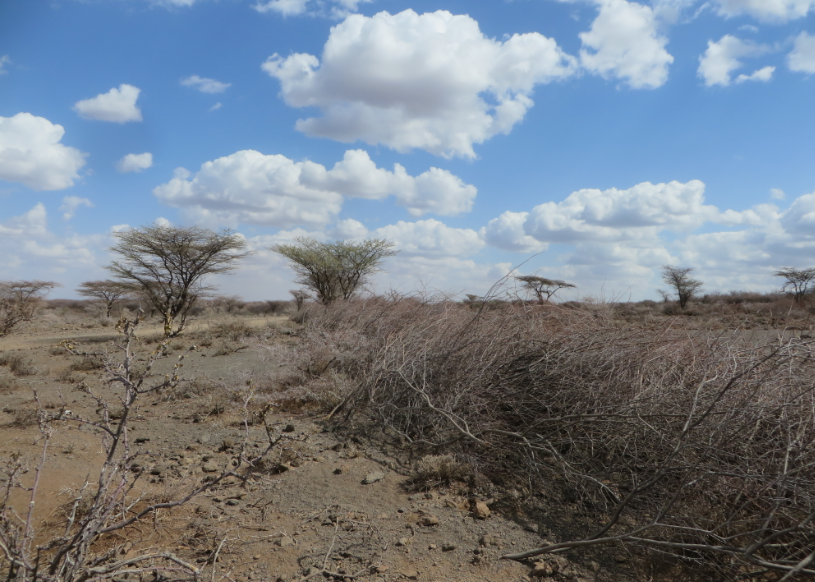The purpose of this component was to raise awareness among the urban population in order to promote water-saving practices to meet pending social demand. A call was made to the population to save water and avoid, for example, watering gardens, washing cars, the so-called portable pools that require 7,000 liters of water to be filled, an amount equivalent to 15 days of family consumption, according to figures provided by the National Superintendence of Sanitation Services - Sunass.
Simple and key messages were transmitted, some of which were: a family (of six members) in the cities should consume between 15 and 18 cubic meters per month, however, the real consumption is between 20 and 25, "so families are wasting the liquid".
The adoption of changes in household consumption habits was promoted, for example, introducing a bottle of water in the toilet tank, which would save up to two liters of liquid per flush. Consider taking five-minute showers and turning off the faucet while soaping up. This could save up to 40 liters of water.
